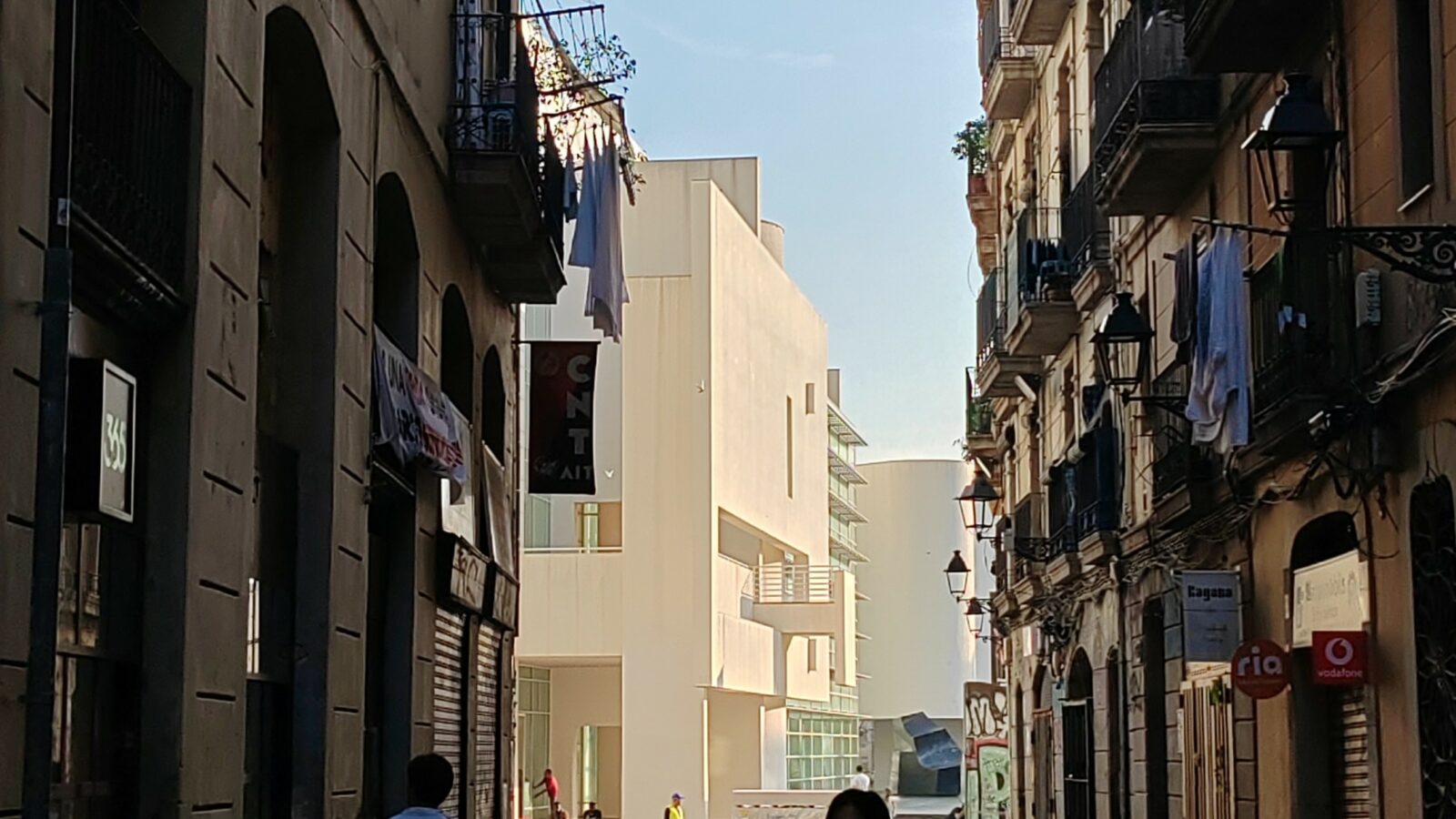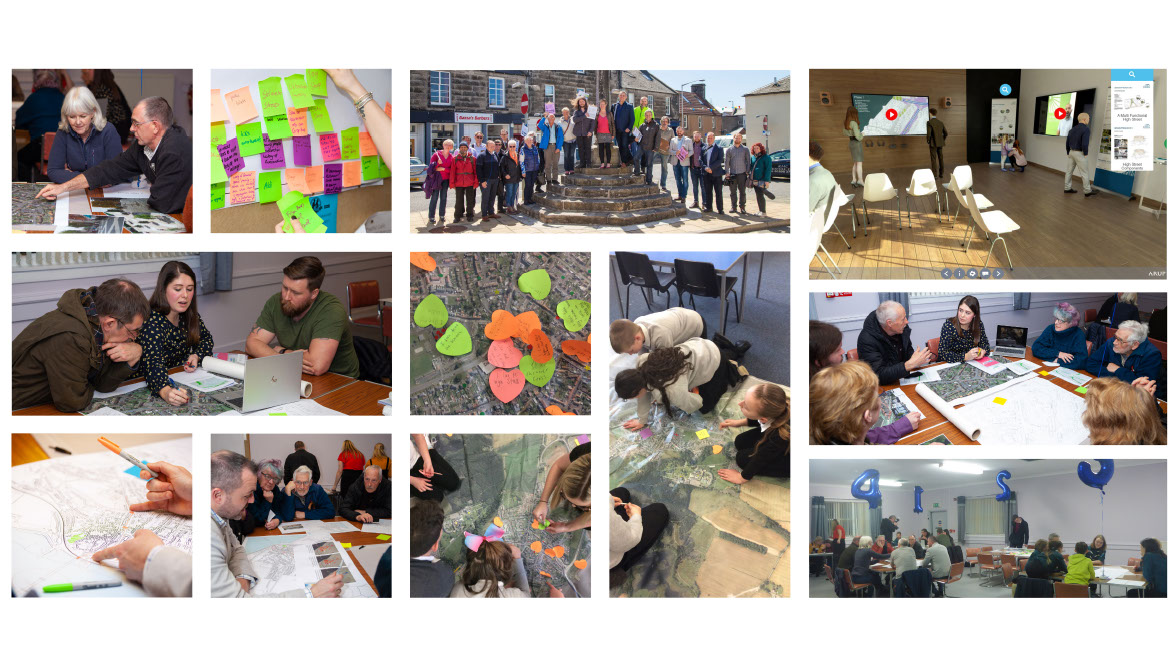Lost in the Supertrees, HarrisonStevens visits Gardens by the Bay
Daniela recently visited Gardens by the Bay in Singapore, a futuristic park, which features the iconic supertrees and the world’s largest glass greenhouse. The post has been based on a critical discussion with HarrisonStevens Senior Landscape Architect Melissa, who has previously worked on the delivery of Gardens by the Bay.
The nature park spans over 100 hectares of reclaimed land, 54 of which were masterplanned by Grant Associates in 2013 and are now part of a wider masterplan project known as Marina South, which will eventually develop into a new district. The Bath based landscape architects envisioned the area to be a combination of nature, technology, and environmental awareness and turned the park to a one of a kind destination. The project has won 16 awards including The Landscape Institute Award in 2013 for Climate Change Adaptation, the RIBA Lubetkin Prize, 2013 and the World Building of the Year, 2012.
Gardens by the Bay showcases the famous Supertrees, 25-50 metre tall tree-like structures displaying tropical flowering climbers, epiphytes and ferns, which at night, are illuminated with a rhapsody light show. Two glass conservatories, designed in collaboration with Wilkinson Eyre Architects which recreate different biomes, housing plants from Mediterranean and tropical Montane regions of the world and cover nearly 20,000 square metres are the garden’s centrepiece. Gardens by the Bay also features horticultural and heritage gardens, where the cultural ethnobotany of plants exhibits over one hundred thousand of species from around the globe.
The garden is part of a larger strategy by the Singapore government to transform the city from a ‘Garden City’ to a ‘City in a Garden’, with an intention to become the countrys premiere urban outdoor recreation space, and a national icon. The park attracted approximately 9 million visitors last year alone and became the number one tourist attraction in the country. The visionary combination of environmental science, architecture and landscape design are a pinnacle of first class engineering and planning. Gardens by the Bay is projected as an environmentally sensitive project with an initial effort to plan and design for sustainable cycles in water and energy usage throughout the nature park. The supertrees act as vertical gardens, generating solar power, acting as air venting ducts for the glass conservatories as well as collecting rainwater. These manmade structures also absorb and disperse heat, provide shelter and are fitted with solar photovoltaic systems that convert sunlight into energy.
Despite the country’s dense population, it has been concluded by David Attenborough, during his BBC Series Planet Earth 2, that Singapore is richer in species than any other city in the world. The ecology of the site prior to development was a little used city park – with amenity grass and trees. The bird species that were once in this park returned to the site before completion of all phases. In fact, some of the raptors never left all throughout construction. Grant Associates has also been involved in the hydrological catchment lake system design, capturing run-off from the gardens and by cleansing the water with aquatic plants before discharge into the reservoir. This sustainable planning along with the Singapore’s campaigns to clean up the waterways and improve on the diversity of their green spaces in the city has increased biodiversity and habitats, an example of which is the return of smooth-coated otters to the urban rivers to make homes at Gardens by the Bay.
In the country that refuses to slow down and wants to be portrayed as a ‘City in a Garden’, Gardens by the Bay is a remarkable project with astonishing ambition to promote awareness of the wonders of nature and the value of plants to both residents and tourists.




